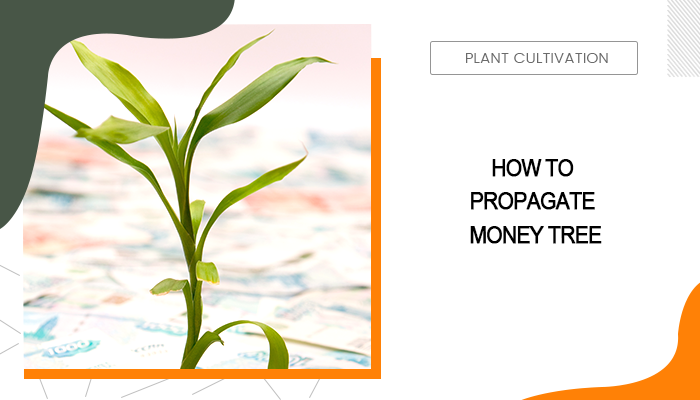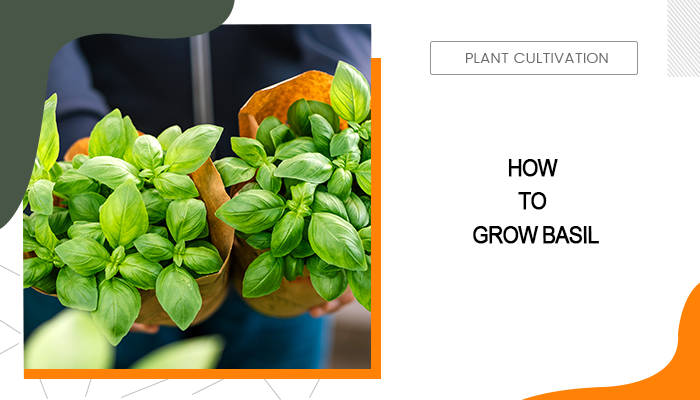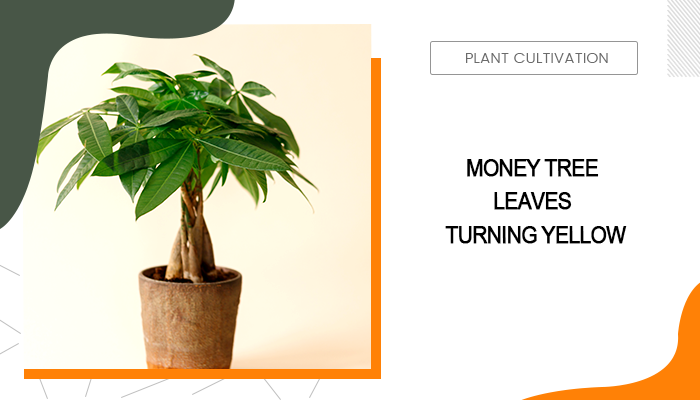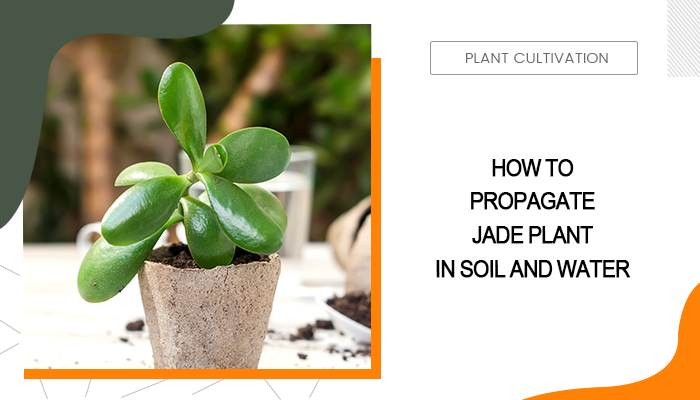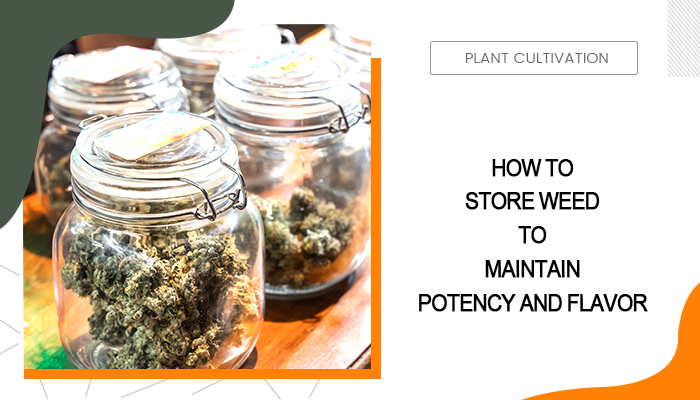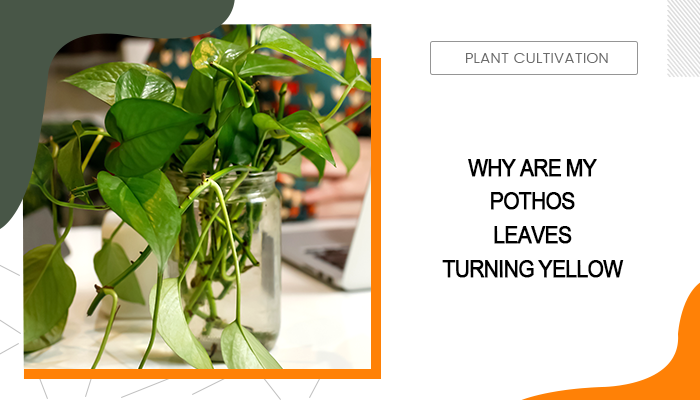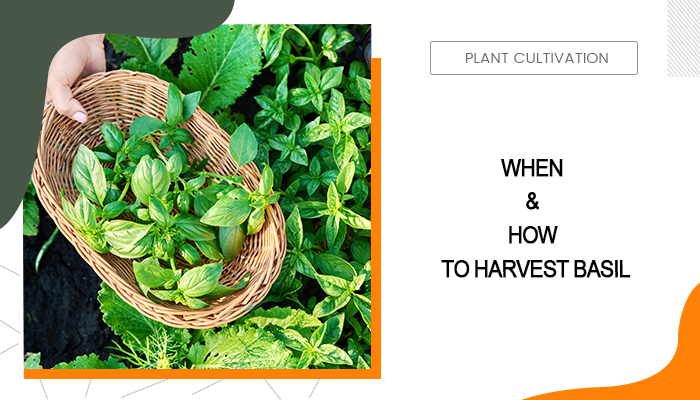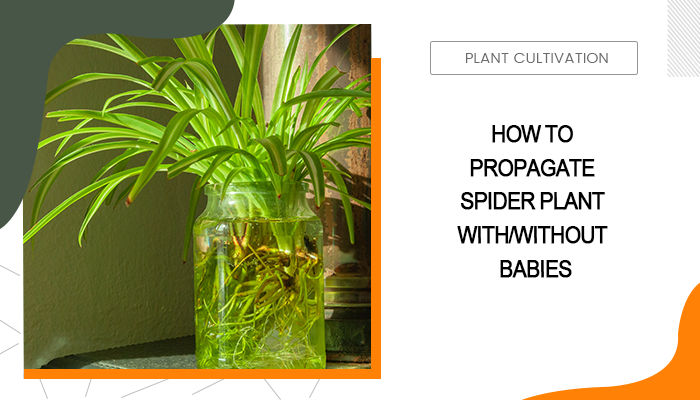What Is Low Stress Training (LST) & How to Do It
Weed plants naturally grow toward the light, a process known as phototropism. However, this vertical growth can sometimes limit the light exposure to lower branches and therefore affect overall yield. That’s when the low stress training (LST) technique comes to help. By bending the plant into the desired shape, you manage to promote an even canopy and improve light distribution. How to low stress train weed? This post is your ultimate guide.
Table of Contents
An Overview of Low Stress Training (LST)
Low stress training (LST) is any method of training or pruning that is used to manipulate the height and shape of cannabis plants with minimal stress. Depending on your preferences for weed plants, you can perform spiral LST training, train cannabis in a Christmas tree shape, or do it sideways. It is especially beneficial for indoor cannabis cultivation, as it helps make the most of limited space.
How LST works? Low stress training usually involves gently bending and securing stems and branches, so growers can create a more even canopy, increase the canopy space, and ultimately ensure better light distribution to maximize bud development.
In terms of usage, LST is an effective technique that can be applied to various cannabis strains. Some strains, however, respond particularly well to LST due to their growth characteristics.
- Blue Dream
- Girl Scout Cookies (GSC)
- Northern Lights
- White Widow
- Trainwreck
Additionally, you can use LST on autoflowering cannabis plants. Autoflowers transition from vegetative growth to flowering more quickly, therefore, they can’t recover from high stress growing practices.
Benefits of Low Stress Training
- Low stress training weed encourages the growth of multiple main colas (flowering sites) rather than allowing a single dominant one to take over. More flowering sites mean more buds and, consequently, a larger harvest. It’s even said to be the most rewarding cannabis growing technique.
- Particularly beneficial for indoor growers, LST helps manage the height and spread of cannabis plants. This efficient use of space allows growers to maximize their grow tents and cultivate more plants in limited space.
- LST ensures that light penetrates evenly throughout the canopy. This even light distribution helps lower branches receive as much light as the top ones, making the most of the indoor grow lights you use.
- A more spread-out plant structure improves airflow around the buds and leaves, which reduces the risk of moldy weed, mildew, and pest infestations.
When to Start LST
Though it’s a low stress practice, training marijuana plants when they are still a baby can cause tremendous shock. On the other hand, mature cannabis is too rigid to bend over.
Therefore, the best time to start LST is during the early vegetative stage of the cannabis life cycle, typically when the plant has developed at least 4 to 6 nodes (the points where leaves and branches grow from the stem). At this stage, the weed is young, flexible, and more resilient to bending. Proper LST can encourage the cannabis plant to grow in a circular pattern rather than straight up. As the plant transitions into the flowering stage, healthy colas will grow upwards from the sideways-oriented plant, exactly what you aim for.
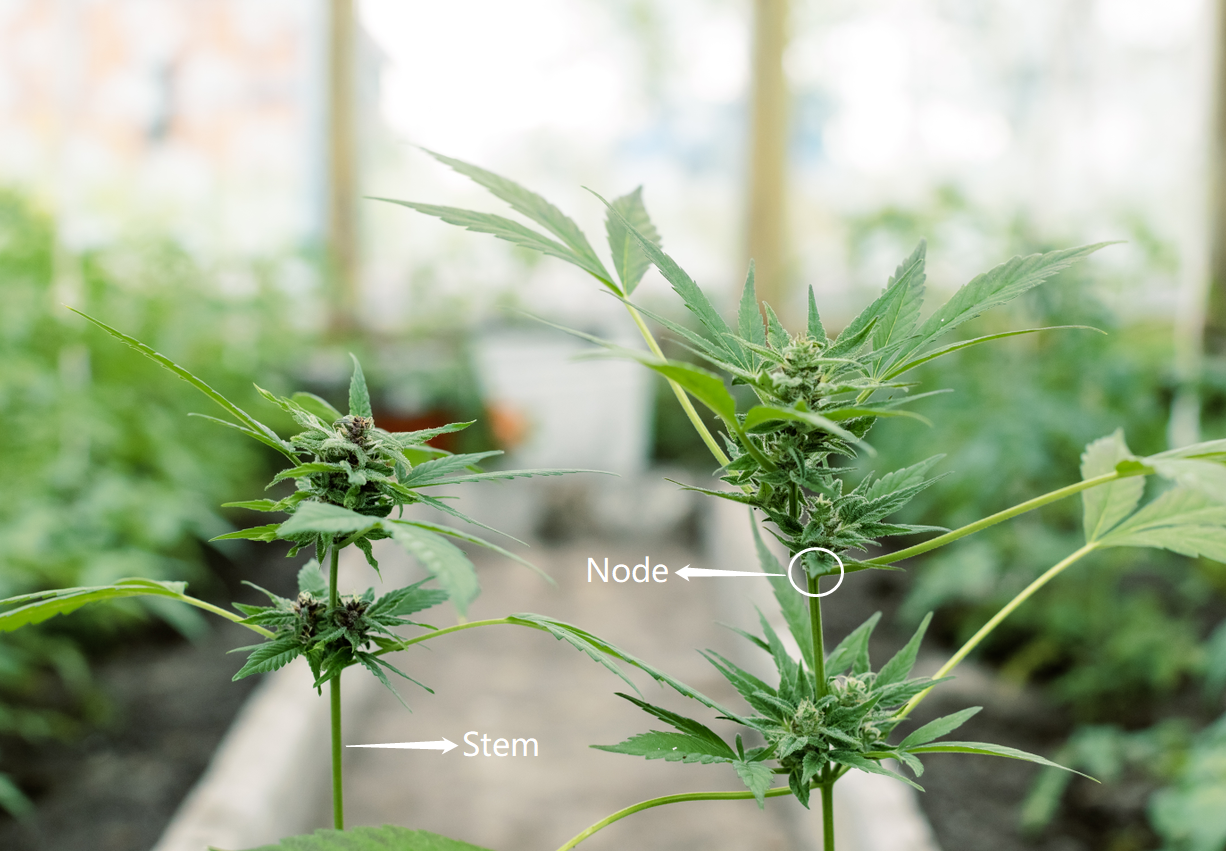
What to Use for LST Training
LST training does not require you to invest big. If you are a seasoned cannabis grower, chances are you already obtained the following tools:
- Soft plant ties: velcro, rubber, fabric ties (recommended), or specialized LST training clips. Don’t use strings, wires, or anything hard enough to damage your weed epidermis.
- Pruning shears or scissors: we bet you have one
- Anchor stakes: bamboo stakes or tomato cages
- Sharp, pointy knife: you can also use a drill or hole punch to create holes in plant pots
- Duct tape or crafting tape: when the stem accidentally breaks, tapes can be great first-aid
Step-by-step Guide on How to Low Stress Train Cannabis
Once you have a healthy vegetative cannabis plant whose stems are long enough to tie down, you can start low stress training the weed.
Step 1: Preparing the Pots
To start with, choose a container for your cannabis. Among all the choices mentioned above, fabric pots are our top recommendation because they allow the sides of the growing medium to breathe, preventing root circling. Here at Spider Farmer, we offer fabric plant pots with heavy-duty thickened Nonwoven, perfect for low stress training weed.
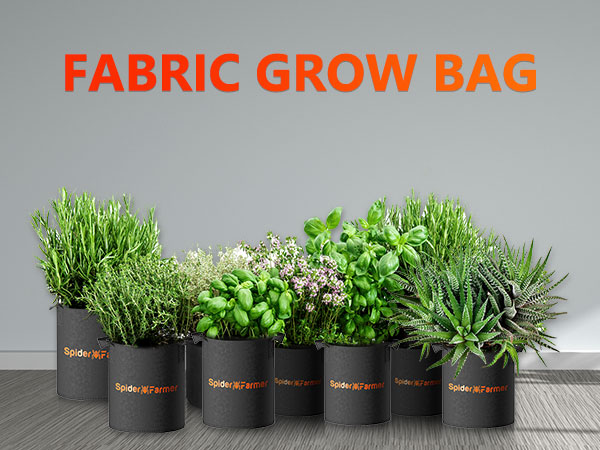
Next, use a hole punch, a knife, or the drill to punch 8 holes around the rim of the pot. Alternatively, you can purchase a training pot that already has pre-made holes to save all the effort.
Step 2: Transplanting the Seedlings to the Pot
When the pot is prepared, gently transplant the weed in the vegetative stage to the pot. Instead of planting it in the center of the pot, one trick is to plant it two inches away from the edge, so you can have a larger and longer main stalk. Then give it time to recover from the shock.
Step 3: Bending the Main Stem
When your seedling has 4 nodes and is developing the 5th one, you can bend the main stem. To grow the weed in your desired direction, insert one anchor stake 1 inch behind the seedling and another 1 inch in front of it, towards the planned growth path. Insert the stakes at a 45-degree angle to prevent them from coming loose as the plant grows.

Bending Tips from Spider Farmer:
- Always bend slowly and carefully. If you accidentally break a stem, tape it up right away. The plant will heal quickly as long as the two broken ends are securely held together.
- Bend the newer, softer parts of the plant. These are more pliable and less likely to break. If a stem feels stiff, it’s likely to snap if you try to bend it.
- Begin low stress training early in the plant’s life to avoid bending thick, rigid stems. Early training makes it easier to manage new, flexible growth.
Step 4: Securing the Stem
Cut a 3-inch garden tie and attach one end to an anchor stake placed behind the seedling. Tie the other end to the base of the seedling’s stalk, pulling it slightly upward to provide initial support.
Next, cut another 3-inch garden tie and attach it to an anchor stake in front of the seedling. Tie the other end of this tie between the 3rd and 4th nodes of the seedling, gently pulling the stem down until it is roughly sideways.
Ensure that ties are securely attached and not scraping or slipping against the stem, as this can cause abrasion. If a stem won't stay down, secure it in multiple places to distribute the stress.
Step 5: Continue Tying the Seedling Down as It Grows
From when the seedling has grown another 3 to 4 inches long, until it has grown long enough to reach the other end of the pot (roughly 4 weeks), you should repeat the above two steps every 7 to 10 days. When you perform LST training every time, insert another anchor stake 2 to 3 inches away from the last one and tie the top of the plant down again.
Step 6: Topping, Defoliating, and Flowering (Optional)
Once the plant has started growing beyond the sides of the pot, you can apply other growing techniques such as topping, defoliating, and flowering. These are not mandatory but they definitely contribute to a more promising LST result.
Topping: If your plant has outgrown the pot's edges and it's early in the growing season (before late July for outdoor plants), cut the main stem to encourage multiple colas and a bushier plant, boosting overall yield.
Defoliating: Clean the middle of the plant by removing lower leaves that receive less light. Prune small, non-dominant growth sites to help the plant focus energy on stronger shoots, preparing it for the flowering stage.
Flowering: Before switching to the flowering stage (indoors), slightly prune the plant. For autoflowering strains, which may already be flowering, avoid extensive pruning to minimize stress.
Additionally, you can lightly defoliate by removing larger fan leaves to improve light penetration to lower parts of the plant.
As you continue LST your cannabis in the vegetative stage, the plants will grow in the shape and pattern you wish. When entering the flowering stage, a stage when the plants thrive on a crazy scale, it's important to manage all the new growth to maintain an excellent canopy. That’s to say, you can continue monitoring and applying LST during the first few weeks as necessary while the cannabis plant undergoes its final growth surge.
Bonus: How Much Does LST Increase Yield
Low stress training can significantly increase the yield of cannabis plants by promoting more even growth and maximizing light exposure. While the exact yield increase can vary depending on several factors such as plant strain, growing conditions, and the effectiveness of the training, growers commonly see improvements of 20 - 30% or more compared to untrained plants.

White Widow after LST, image source: growweedeasy.com






